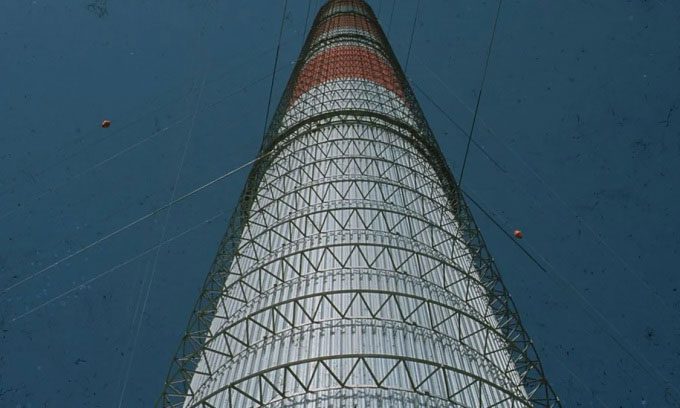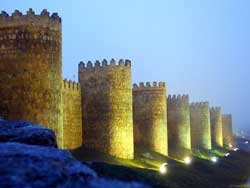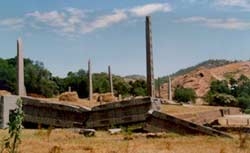The new energy tower harnesses both rising warm air and descending cool air to turn turbines, generating clean electricity.
Researchers from Qatar and Jordan have developed a new system capable of producing clean electricity both day and night, as reported by Phys on December 6. The new study was published in the journal Energy Reports.

Solar updraft tower in Spain in 1982. (Photo: Widakora/Wikimedia).
By combining two technologies, namely solar updraft towers and downflow cooling towers, the team designed a model tower that can generate 753 MWh of electricity each year. This amount of electricity is sufficient to power approximately 753 homes for 5 weeks or continuously run 1,500 60 W light bulbs for an entire year.
The new system improves upon technology introduced in 1982, when Spanish engineers constructed a tower resembling a chimney with mechanical turbines at its base. The air inside the tower is heated by absorbing solar radiation, similar to a greenhouse effect. As it warms, the rising air activates the turbines, generating electricity. At that time, the system was not widely adopted, mainly due to its large land requirements and high costs.
Emad Abdelsalam, an expert at the Al Hussein Technical University in Jordan, and his colleagues have developed an enhanced updraft air system integrated with downflow technology to achieve better results. The downflow system focuses on a tall tower similar to the updraft system. Pumps elevate water to the top, cooling the warm air that accumulates there. This cool air becomes denser than the external air and descends. The flow of cool air turns the turbines at the base of the tower, generating electricity.
The new system is called the Dual Technology Solar Power System (DTSS). The prototype updraft tower of the DTSS stands 199 meters tall with a diameter of 14 meters. Surrounding this updraft tower are 10 downflow towers. The system will continue to generate electricity at night as the air retains heat from sunlight during the day.
Abdelsalam notes that the new system increases efficiency and reduces production costs compared to the old system. Another benefit is its contribution to improving air quality by reducing CO2 emissions.
DTSS operates effectively in dry, hot climates. Weather can impact production; for instance, increased humidity in winter may slow electricity generation. The research team also pointed out that the system’s reliance on a large, continuous water supply presents a challenge that needs to be addressed.





















































